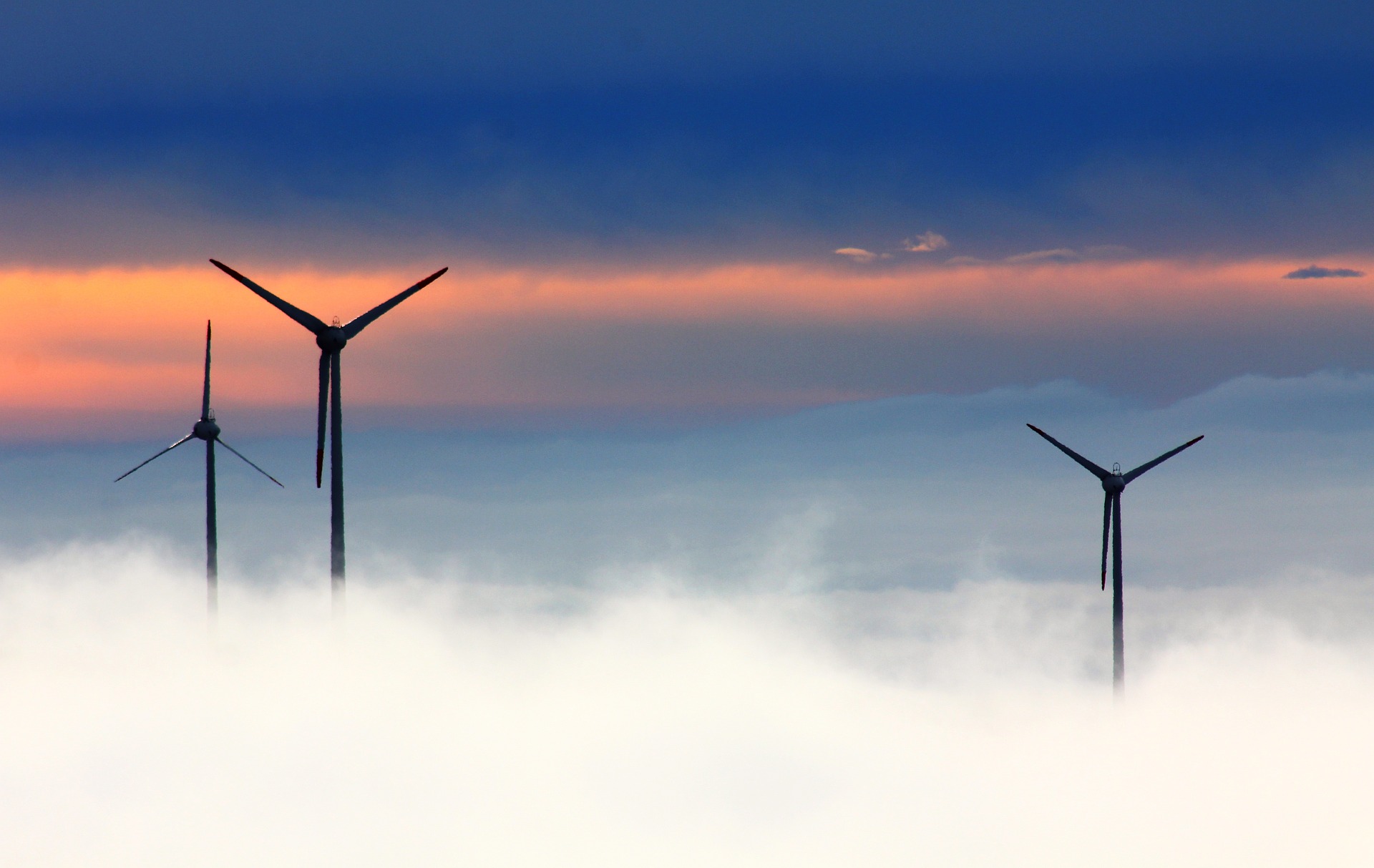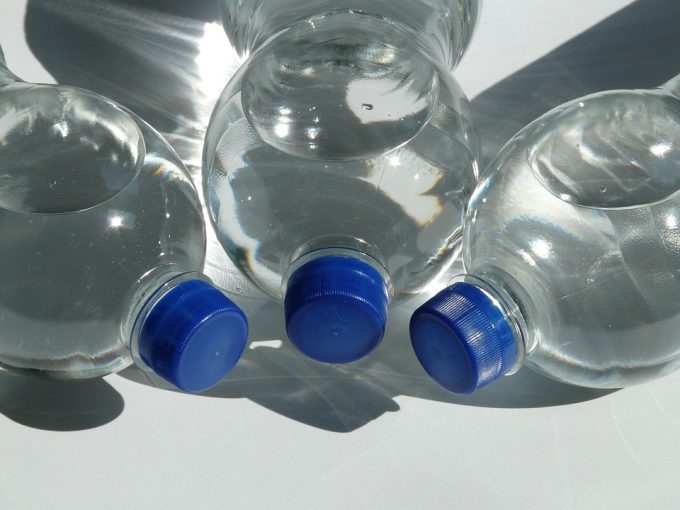Back in the early 1970s, Denmark got almost all its energy from imported oil. Then came the oil crisis, which, naturally, had a big impact. Political discussions throughout the ’80s resulted in two big strategic decisions. One, Denmark would develop its own North Sea oil and gas resources. Two, it would implement a green energy transition, or grøn omstilling, to get off fossil fuels entirely. Both strategies meant it would never again suffer at the mercy of international oil markets. Here’s how the first strategy has gone:

This enormous surge in energy production made Denmark a net energy exporter for many years, until 2013, when it once again became an importer:
As for the grøn omstilling, the country has seen rapid growth in wind turbines; small-scale combined heat-and-power (CHP) systems run on natural gas, biomass, or waste; and (more recently) rooftop solar panels.
Here’s a graphic from a presentation on Denmark’s energy efforts:
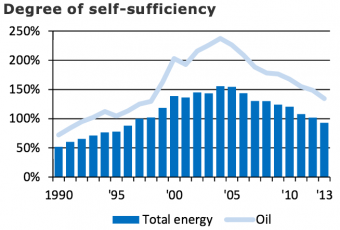
“In 1990,” writes the Rocky Mountain Institute, “the country had 15 central power plants. It now has 20 central power stations (4,200 MW), 45 electric boilers (550 MW), 5,300 wind turbines (5,070 MW), and 94,000 solar PV panels (785 MW), in addition to the 670 local combined heat and power plants (2,300 MW).” In 2013, renewable energy accounted for 46.7 percent of Danish electricity supply. Wind power alone supplied 42 percent in 2015.
Ambitious targets
Denmark’s ambitions have steadily risen over the years. In 2012, after a deliberative, country-wide, multi-stakeholder process (so Danish), the country implemented a new Energy Agreement, which among other things established some stringent targets. By 2020, Denmark aims to get 50 percent of its electricity from wind power and 35 percent of its total energy consumption from renewable sources. By 2030, no more coal. By 2035, 100 percent of electricity from renewable sources. By 2050, 100 of all the country’s final energy consumption — electricity, heat, transport, industrial — from renewable sources.
Maximizing local resources
Denmark boasts unusually high wind speeds, so they’ve built the hell out of wind turbines. Wind hit 42 percent of total Danish power in 2015 and is targeted for 50 percent by 2020.

Onshore wind is now, according to a government analysis, the cheapest form of electricity available in Denmark, about half the cost of new coal or natural gas plants. Denmark also has lots of natural gas (from the North Sea), biomass, and organic waste, so it made a concerted effort to encourage CHP. Now 80 percent of Danish heating co-generates electricity, and more than 50 percent of electricity is co-generated with heat. It’s the most extensive CHP system in the world. CHP only counts as “renewable” if it burns straw, wood chips, wood pellets, biogas, or waste. The vast bulk burn natural gas. To allay concerns about the use of biomass for electricity, in 2014. the country announced that it would only purchase sustainable biomass.
http://www.vox.com


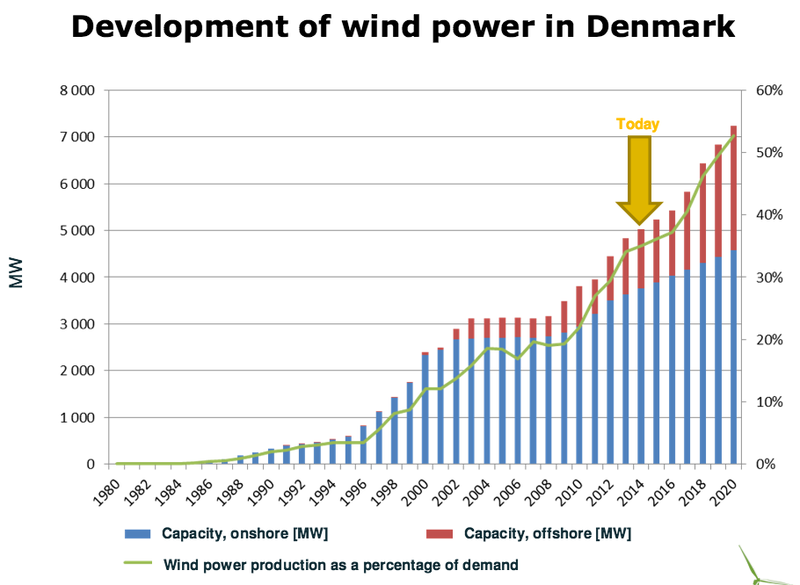

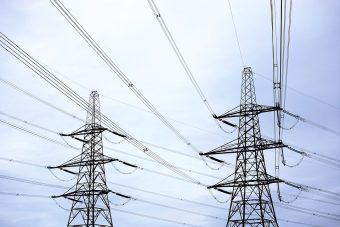
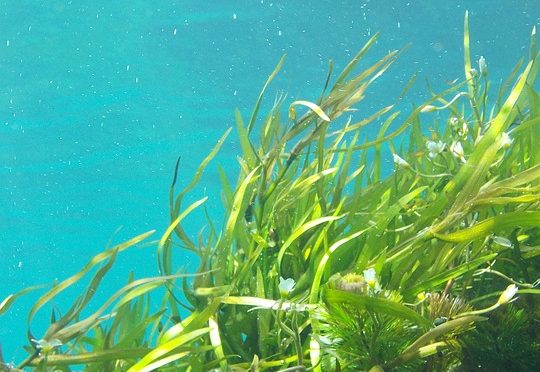



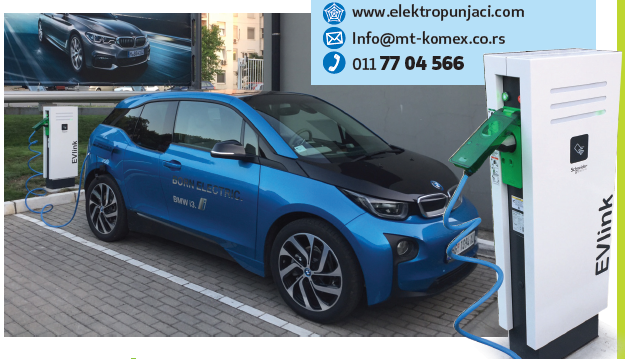


 The General Secretariat of the Central American Integration System (SG-SICA) and the United Nations Industrial Development Organization (UNIDO) today announced last week a strategic partnership on the creation of a Mesoamerican Centre for Renewable Energy and Energy Efficiency (MCREEE). During the next months, SG-SICA and UNIDO, with financial support of the Austrian Development Agency (ADA), will execute a consultative preparatory process to assess the added value, feasibility and best technical and institutional design for such a centre. The process will include the development of a needs assessment, consultative workshops, as well as the development of a project document on the centre’s first operational phase. Once established, the technical centre is expected to support the SICA Member States through targeted regional programmes and projects on sustainable energy in the areas of capacity development, knowledge management and exchange, technology innovation, policy and legislation, as well as investment and business promotion. It will also contribute to better technical coordination, donor harmonisation, long-term sustainability of project interventions, as well as the documentation of lessons learned. The centre will become part of the Global Network of Regional Sustainable Energy Centers, a South-South multi-stakeholder partnership, coordinated by UNIDO in partnership with various regional organizations which are already working in other parts of the world, including in Africa, the Pacific and the Caribbean regions.
The General Secretariat of the Central American Integration System (SG-SICA) and the United Nations Industrial Development Organization (UNIDO) today announced last week a strategic partnership on the creation of a Mesoamerican Centre for Renewable Energy and Energy Efficiency (MCREEE). During the next months, SG-SICA and UNIDO, with financial support of the Austrian Development Agency (ADA), will execute a consultative preparatory process to assess the added value, feasibility and best technical and institutional design for such a centre. The process will include the development of a needs assessment, consultative workshops, as well as the development of a project document on the centre’s first operational phase. Once established, the technical centre is expected to support the SICA Member States through targeted regional programmes and projects on sustainable energy in the areas of capacity development, knowledge management and exchange, technology innovation, policy and legislation, as well as investment and business promotion. It will also contribute to better technical coordination, donor harmonisation, long-term sustainability of project interventions, as well as the documentation of lessons learned. The centre will become part of the Global Network of Regional Sustainable Energy Centers, a South-South multi-stakeholder partnership, coordinated by UNIDO in partnership with various regional organizations which are already working in other parts of the world, including in Africa, the Pacific and the Caribbean regions.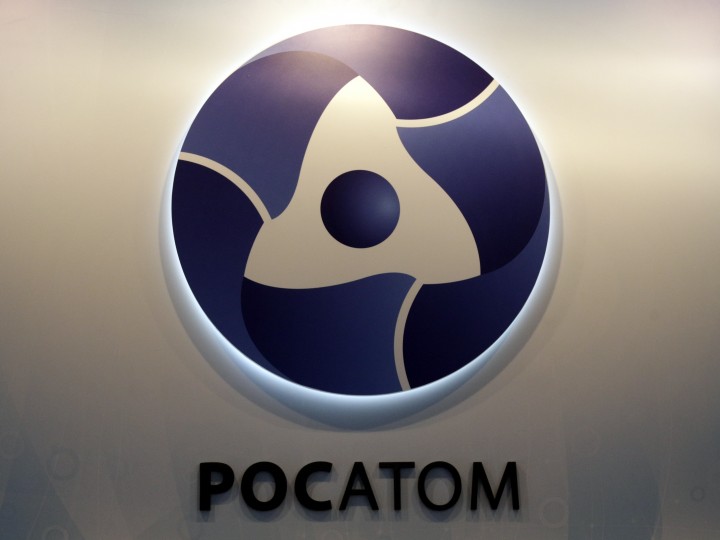
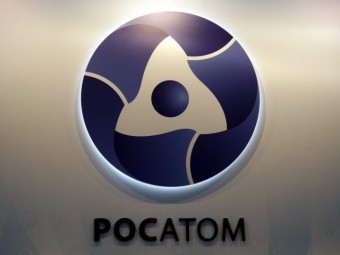 The nickel-63 isotope’s properties make it a very convenient basic element for tiny, safe and low-power batteries, also known as beta-voltaic cells, with a long service life of over 50 years. They can be used in pacemakers and also as self-contained power supply sources of space satellites. As nickel-63 does not exist in nature, it is obtained by irradiating nickel-62 isotopes with neutrons inside nuclear reactors. The resulting substance is later subjected to radio-chemical processing and is divided using gas centrifuges. A group of MISiS scientists headed by Professor Yury Parkhomenko, head of its faculty of semiconductor and dielectric materials studies, have developed a technology for making systems that convert the nickel-63 isotope’s beta-radiation energy into electric power on the basis of piezoelectric mono-crystals for use by self-contained AC beta-voltaic cells.
The nickel-63 isotope’s properties make it a very convenient basic element for tiny, safe and low-power batteries, also known as beta-voltaic cells, with a long service life of over 50 years. They can be used in pacemakers and also as self-contained power supply sources of space satellites. As nickel-63 does not exist in nature, it is obtained by irradiating nickel-62 isotopes with neutrons inside nuclear reactors. The resulting substance is later subjected to radio-chemical processing and is divided using gas centrifuges. A group of MISiS scientists headed by Professor Yury Parkhomenko, head of its faculty of semiconductor and dielectric materials studies, have developed a technology for making systems that convert the nickel-63 isotope’s beta-radiation energy into electric power on the basis of piezoelectric mono-crystals for use by self-contained AC beta-voltaic cells.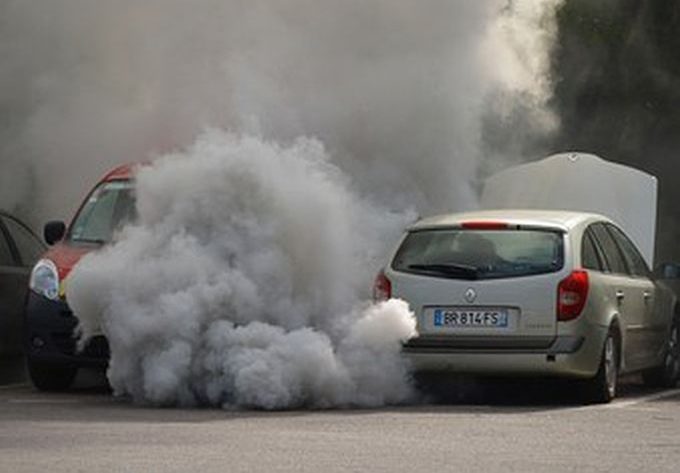
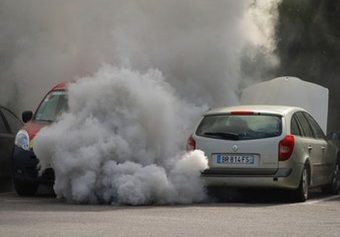



 Prime minister Aleksandar Vučić met Ulrich Schumacher, chief executive of Zumtobel Group AG, supplier of integral lighting solutions, to discuss further successful cooperation and investment prospects. The Austrian company decided to move its project centre for Central and Eastern Europe from Poland to Serbia. After the first meeting with Schumacher in November, Zumtobel donated advanced street lighting to Niš and the capital city, the government in Belgrade said. The Austrian group’s head said the reasons for the decision were Serbia’s favourable geographic position, tax system, highly-skilled and well-educated workforce, capable of becoming part of big companies. There are plans for expansion of operations of the regional centre to entire Europe, Schumacher said. An ad for jobs in the company is open until March 4 for 15 electrical engineers and architects. In the second phase of development, the company plans to hire another 50 Serbian university graduates, according to the statement.
Prime minister Aleksandar Vučić met Ulrich Schumacher, chief executive of Zumtobel Group AG, supplier of integral lighting solutions, to discuss further successful cooperation and investment prospects. The Austrian company decided to move its project centre for Central and Eastern Europe from Poland to Serbia. After the first meeting with Schumacher in November, Zumtobel donated advanced street lighting to Niš and the capital city, the government in Belgrade said. The Austrian group’s head said the reasons for the decision were Serbia’s favourable geographic position, tax system, highly-skilled and well-educated workforce, capable of becoming part of big companies. There are plans for expansion of operations of the regional centre to entire Europe, Schumacher said. An ad for jobs in the company is open until March 4 for 15 electrical engineers and architects. In the second phase of development, the company plans to hire another 50 Serbian university graduates, according to the statement.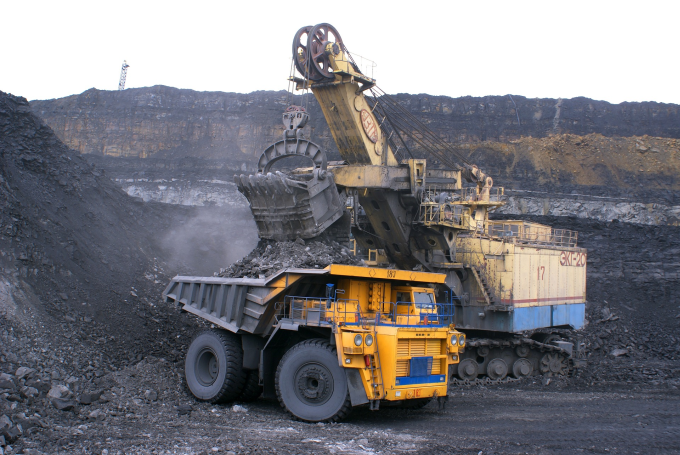


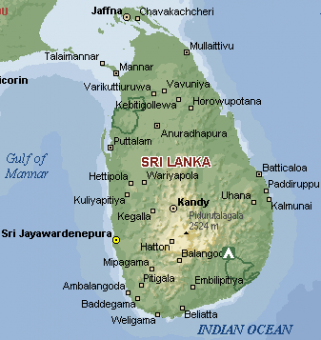 Sri Lanka has given indications it intends to significantly increase the share of renewable energy in its electricity generation by the end of the next decade. Secretary to the Ministry of National Policies and Economic Affairs recently told media outlets that his government is considering increasing the share of renewable energy in electricity generation to 100% by 2030. The new consideration by the Sri Lankan Government represents a significant increase over the recently stated plans of the countries electricity utility. The Ceylon Electricity Board (CEB) proposed the Long-term Generation Expansion Plan 2015-2034. Sri Lanka’s installed power generation capacity at the end of 2014 was 3.9 GW, of which 11%, or 442 MW, is based on renewable energy capacity.
Sri Lanka has given indications it intends to significantly increase the share of renewable energy in its electricity generation by the end of the next decade. Secretary to the Ministry of National Policies and Economic Affairs recently told media outlets that his government is considering increasing the share of renewable energy in electricity generation to 100% by 2030. The new consideration by the Sri Lankan Government represents a significant increase over the recently stated plans of the countries electricity utility. The Ceylon Electricity Board (CEB) proposed the Long-term Generation Expansion Plan 2015-2034. Sri Lanka’s installed power generation capacity at the end of 2014 was 3.9 GW, of which 11%, or 442 MW, is based on renewable energy capacity.